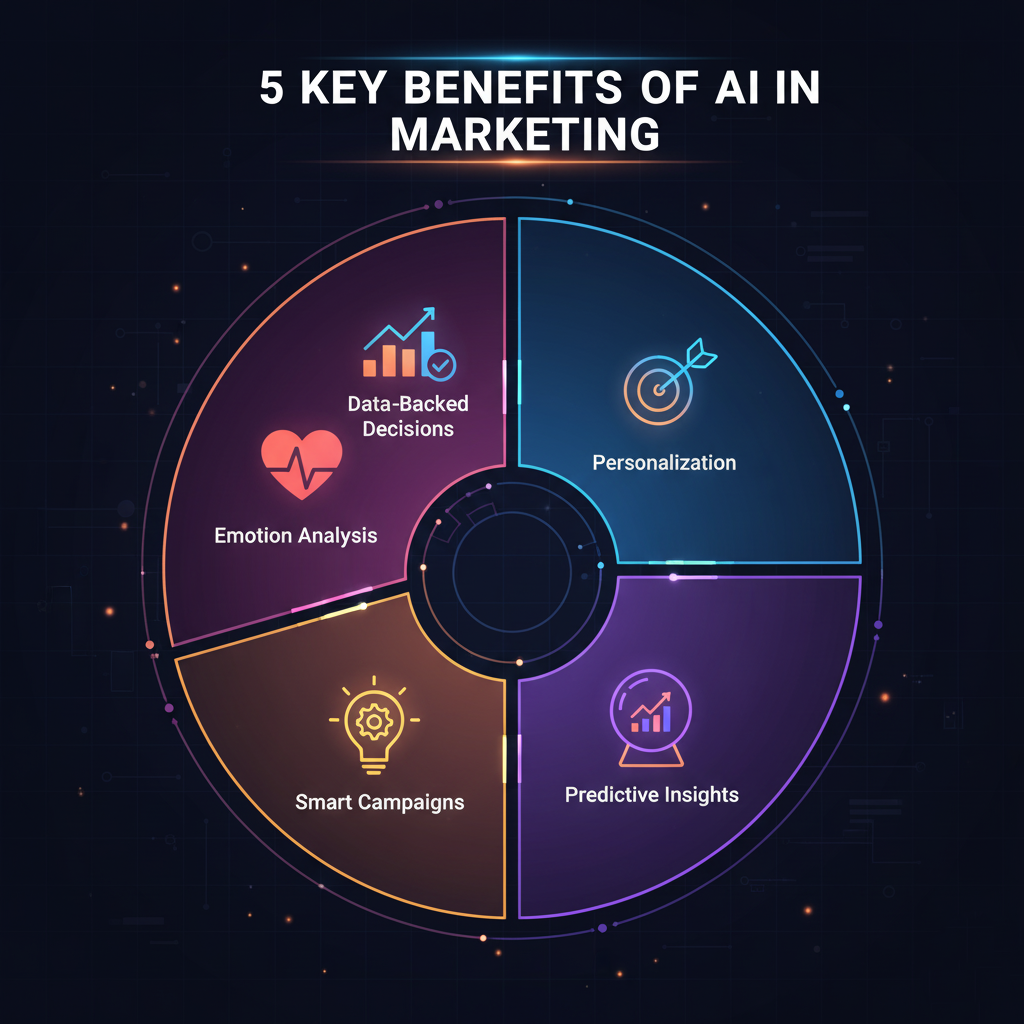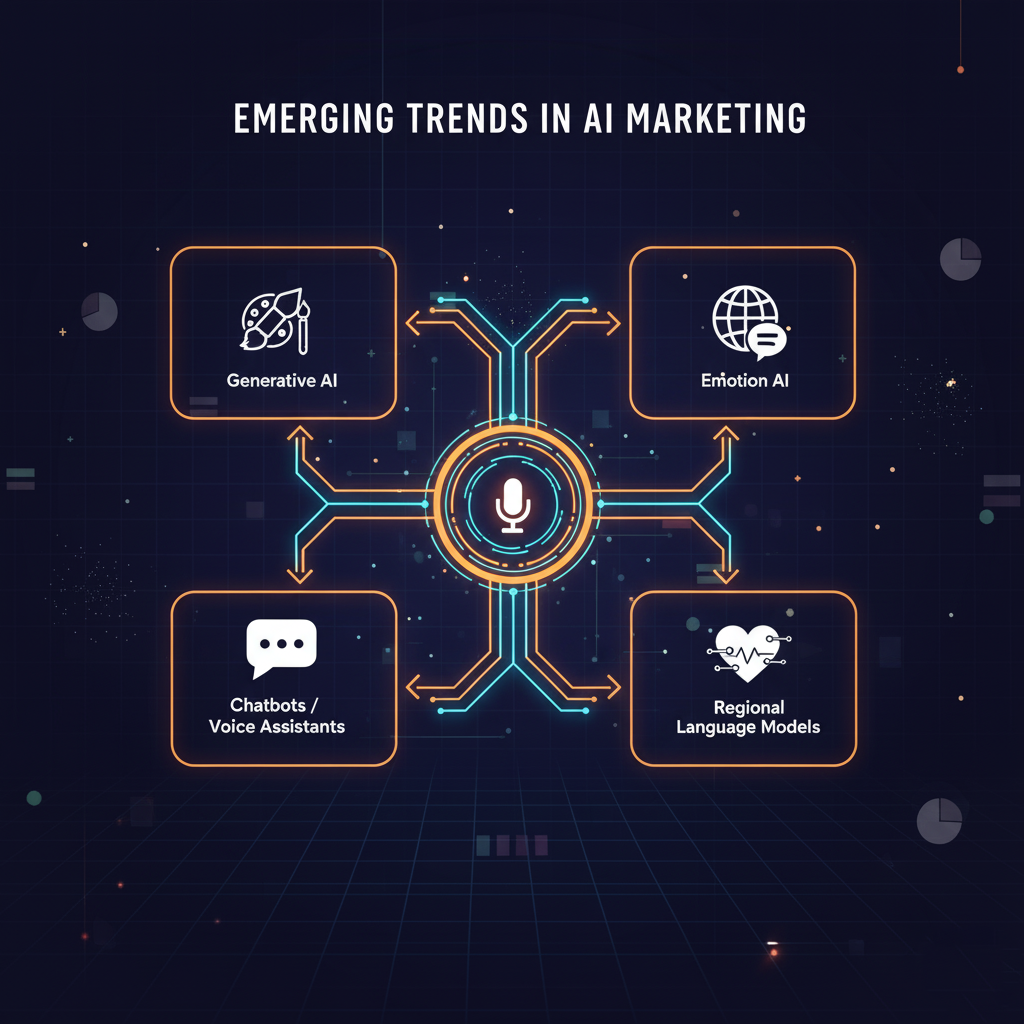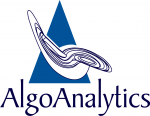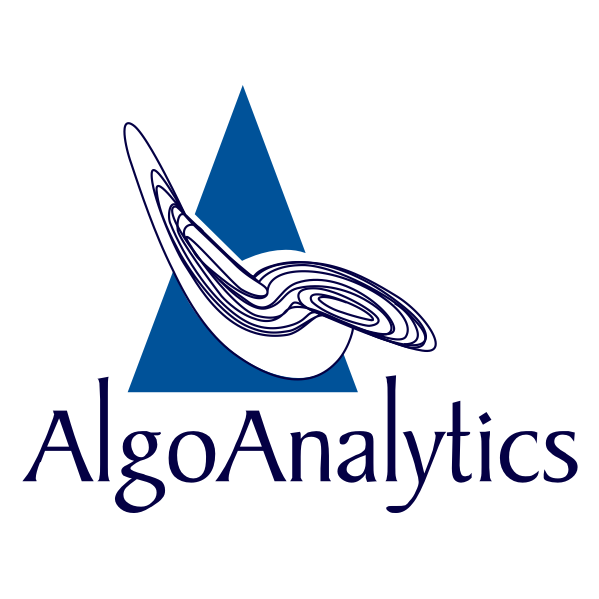By Devika Todarmal
Introduction
Marketing is no longer just about creativity — it’s about clarity through data.
In today’s digital-first world, brands are no longer relying on intuition alone. They are turning to Artificial Intelligence (AI) and data analytics to understand audiences, predict behaviour, and deliver personalized experiences.
As a Marketing Intern at Algo Analytics, I’ve seen how data-backed decisions can make campaigns smarter, more precise, and truly customer-focused. AI has become a bridge between numbers and emotions, helping marketers craft strategies that connect logically and emotionally.
But how exactly is AI reshaping marketing? Let’s explore how this transformation is unfolding — and why it’s the future every brand should embrace.
1. The Shift Toward Data-Driven Marketing
Traditional marketing relied heavily on guesswork — choosing the right time, channel, or audience often felt like trial and error.
Today, AI-driven analytics turns that uncertainty into insight.
By analyzing customer data, purchase histories, and online behavior, marketers can identify what people actually want — and deliver exactly that.
For example, instead of sending the same ad to thousands of people, AI helps segment audiences into meaningful groups — ensuring the right message reaches the right person at the right time.
At Algo Analytics, innovation is in our DNA. AI-driven insight is part of who we are.
With tools like Aksha, our intelligent anomaly detection platform, we use AI to uncover subtle shifts in data and patterns — helping you stay ahead with intelligence that works for your life, making your life simpler, smarter, and more secure.
2. Benefits of AI and Analytics in Marketing
AI isn’t just a buzzword — it’s a growth engine.
Here are some of the biggest benefits transforming marketing today:

✅ Personalization at Scale
AI allows brands to create customized content and recommendations for each user. Think of Netflix suggesting your next binge or Amazon showing “You may also like” products — that’s AI in action.
✅ Predictive Marketing
Using predictive analytics, brands can forecast what customers will do next — whether it’s making a purchase, unsubscribing, or engaging with a post. This helps marketers stay proactive rather than reactive.
✅ Optimized Ad Campaigns
AI-driven platforms automatically test multiple ad creatives, headlines, and audiences to determine which combinations perform best — saving both time and money.
✅ Customer Insights and Emotion Tracking
AI can even interpret emotions from customer feedback, social media posts, or voice tone. This helps marketers craft campaigns that resonate emotionally — not just logically.
✅ Data-Backed Decision Making
Instead of relying on assumptions, marketers can validate their strategies with data — improving accuracy and ROI across campaigns.
3. Real-World Use Cases
AI in marketing isn’t theoretical — it’s happening everywhere.
Here are a few real-world examples of how AI-driven analytics are transforming marketing:
- Spotify Wrapped: Uses listener data to create personalized “year-in-review” stories that build emotional connections.
- Coca-Cola: Analyzes social media data to identify emotional themes that inspire new campaigns.
These examples show that when AI and marketing work together, campaigns become smarter, faster, and more human.
4. Emerging Trends in AI Marketing
AI in marketing is constantly evolving. Some of the latest trends include:
- Generative AI in Content Creation: AI tools can now generate ad copy, visuals, and even videos — freeing marketers to focus on creativity and strategy.
- Voice and Chat Marketing: AI chatbots and voice assistants are enhancing customer engagement 24/7.
- Emotion AI (Affective Computing): Machines can interpret human emotions through facial expressions, voice, and text tone — improving personalization.
- Regional Language Marketing: Especially in India, AI-powered regional language models are helping brands connect with local audiences — a space Algo Analytics is exploring deeply.

These innovations are reshaping how marketers approach storytelling — blending emotional intelligence with data intelligence.
Conclusion
Marketing has always been about understanding people — and now, AI gives us the tools to do that better than ever.
By analyzing data, predicting behavior, and personalizing experiences, AI and analytics are turning marketing from an art into a science — without losing the human touch.
At Algo Analytics, this balance of creativity and data is at the heart of what we do. As a I’ve learned that when creativity meets analytics, marketing stops being a guessing game — it becomes a growth strategy.
The future belongs to brands that listen, learn, and adapt — and with AI, that future is already here.
References
Harvard Business Review – How to Design an AI Marketing Strategy → https://hbr.org/2021/07/how-to-design-an-ai-marketing-strategy Harvard Business Review
Forbes – Why Businesses Need Data To Make Better Decisions → https://www.forbes.com/sites/bernardmarr/2021/10/11/why-businesses-need-data-to-make-better-decisions/ Forbes
McKinsey & Company – The Age of Analytics: Competing in a Data-Driven World → https://www.mckinsey.com/capabilities/quantumblack/our-insights/the-age-of-analytics-competing-in-a-data-driven-world McKinsey & Company
Algo Analytics – Aksha: Advanced AI-Driven Anomaly Detection Platform → https://aksha.algoanalytics.com/ aksha.algoanalytics.com
Image – Generated

